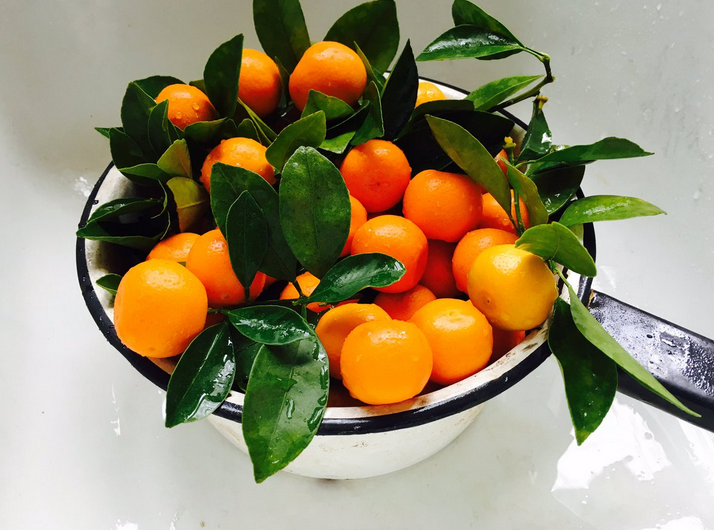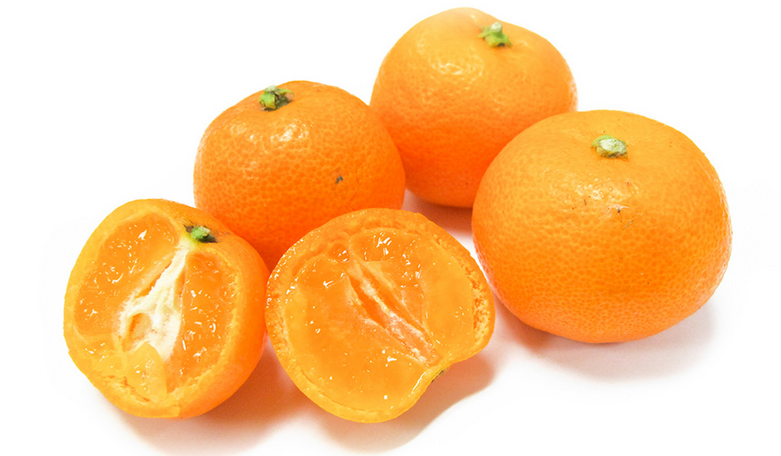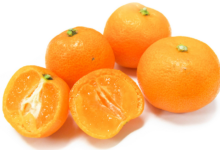Calamondin oranges, also known as Philippine lemons, are hybrid citrus fruits native to the Philippines. The fruit is a cross between a kumquat and a mandarin orange. This tree is self-fertile and grows best in full sun. It can be a tough tree that requires proper pruning.
Calamondin, a small citrus fruit which looks like mandarin tangerine but with a much smaller size, is a very versatile and nutritious fruit. It has low in calories and high in vitamins, with many other benefits such as its antibacterial properties, anticancer properties and its potential to help fight tooth decay.

Tree is self-fertile
If you’re thinking about growing a calamondin orange tree, you’ve come to the right place. Calamondin orange trees are a great choice for home gardens as they thrive in a variety of soil conditions. The best climate for calamondin orange trees is 70- 90 degrees Fahrenheit. Keep in mind that they require moderate to regular watering to remain healthy and vigorous. They also prefer slightly acidic soil. Calamondin orange trees can be grown with potting soil or a mixture of potting soil and peat moss.
Calamondin orange trees are monoecious, meaning they have male and female reproductive parts. To produce fruit, they need pollination. The best method for pollination is hand-pollination. Male pollen is carried to a female flower, where it matures into an orange.
Tree needs full sun
The Calamondin Orange tree needs a full-sun location for the most effective growth. It requires 6 to 8 hours of direct sunlight every day. Once it is established, it will need regular watering and fertilizing. It is best to use a fertilizer made for citrus trees so that it gets the right amount of nutrients.
The Calamondin orange tree is hardy, but it is vulnerable to pests and disease. It can be damaged by aphids, scale, and whiteflies. You can prevent these problems by thoroughly cleaning the soil from dust and debris on a monthly basis.
Pruning
Pruning a Calamondin orange tree is a simple and effective way to keep it compact and to trigger branching and blooming. In order to get the best results, prune frequently and consistently. Otherwise, it will not develop as compactly as it could. Moreover, pruners should prune the crown when the branches start to get out of shape, which can happen anytime during the summer months.
Calamondin orange is a multi -stemmed citrus that originated in China and the Philippines. It was introduced in the United States in the early 1900s under the name “Acid Orange.” Its bright, shiny green leaves have wing-like limbs that grow on a lead stalk. The fruit is edible and tart. It is a wonderful addition to any houseplant. Its small size makes it easy to care for, and the fruit can be enjoyed as a snack or stir – fry.

Nutrition
Calamondin Orange nutrition is a great way to boost your immune system and keep you healthy. The fruit contains a lot of antioxidants and is low in calories, with no fat or cholesterol. One hundred grams of this fruit contain 30 percent of your recommended daily allowance of vitamin C. Vitamin C is important for your body because it helps with the synthesis of collegen. The fruit also contains important amounts of Vitamin A and potassium. These minerals are essential for the proper functioning of muscles, nerves, and blood pressure.
The calamondin fruit is small, segmented, and sweet. It has a citrus flavor, similar to lemon or tangerine. When eaten fresh, the fruit’s flavor is bold, but it gradually evolves into a mellower citrus juice. In fact, many citrus fruits do not have the sweetness that calamondin oranges have.
The calamondin is a citrus fruit that can be found growing in tropical climates around the world. Its scientific name is Citrus mitis, and is also referred to as etrog citron or kabosu (both Japanese words). There are several things that make this fruit special, which include its seedless status, delicious taste and abundance of nutrients (especially vitamin C). Although this fruit may not be on the top of your list of fruits to eat when trying to lose weight, it still deserves some attention. Here’s why.

